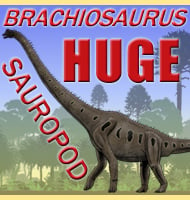Eosinopteryx
In Depth Just thirty years before its description, the concept of dinosaurs evolving into birds was still a very controversial theory that did not have universally wide acceptance in academic circles. However, since the opening of fossil beds in China, new discoveries have slowly but steadily been made, each one adding more and more weight … Read more
